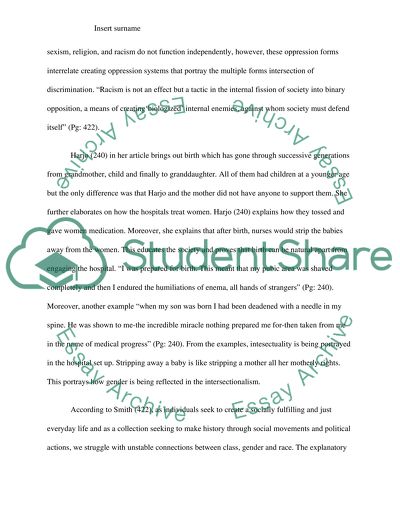Cite this document
(“Race and Intersectionality Essay Example | Topics and Well Written Essays - 1000 words”, n.d.)
Retrieved from https://studentshare.org/gender-sexual-studies/1479041-race-and-intersectionality
Retrieved from https://studentshare.org/gender-sexual-studies/1479041-race-and-intersectionality
(Race and Intersectionality Essay Example | Topics and Well Written Essays - 1000 Words)
https://studentshare.org/gender-sexual-studies/1479041-race-and-intersectionality.
https://studentshare.org/gender-sexual-studies/1479041-race-and-intersectionality.
“Race and Intersectionality Essay Example | Topics and Well Written Essays - 1000 Words”, n.d. https://studentshare.org/gender-sexual-studies/1479041-race-and-intersectionality.


